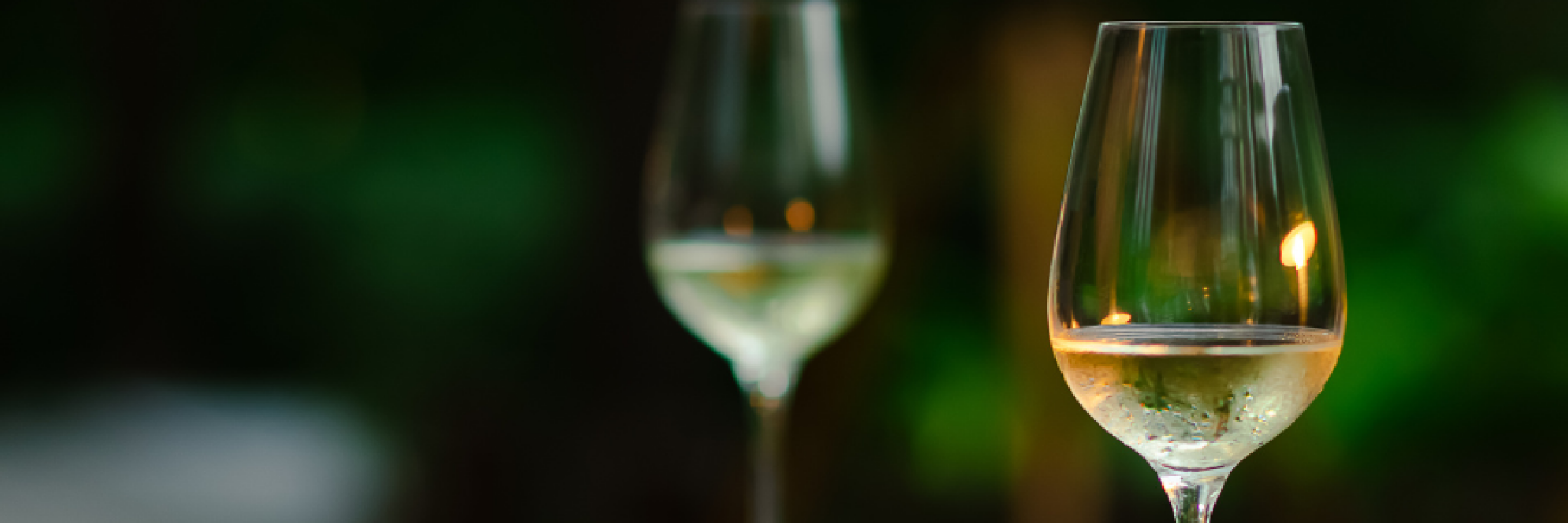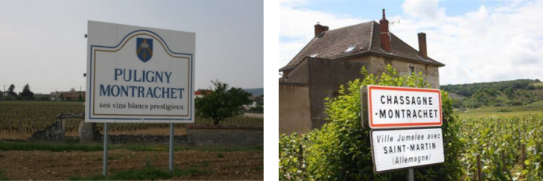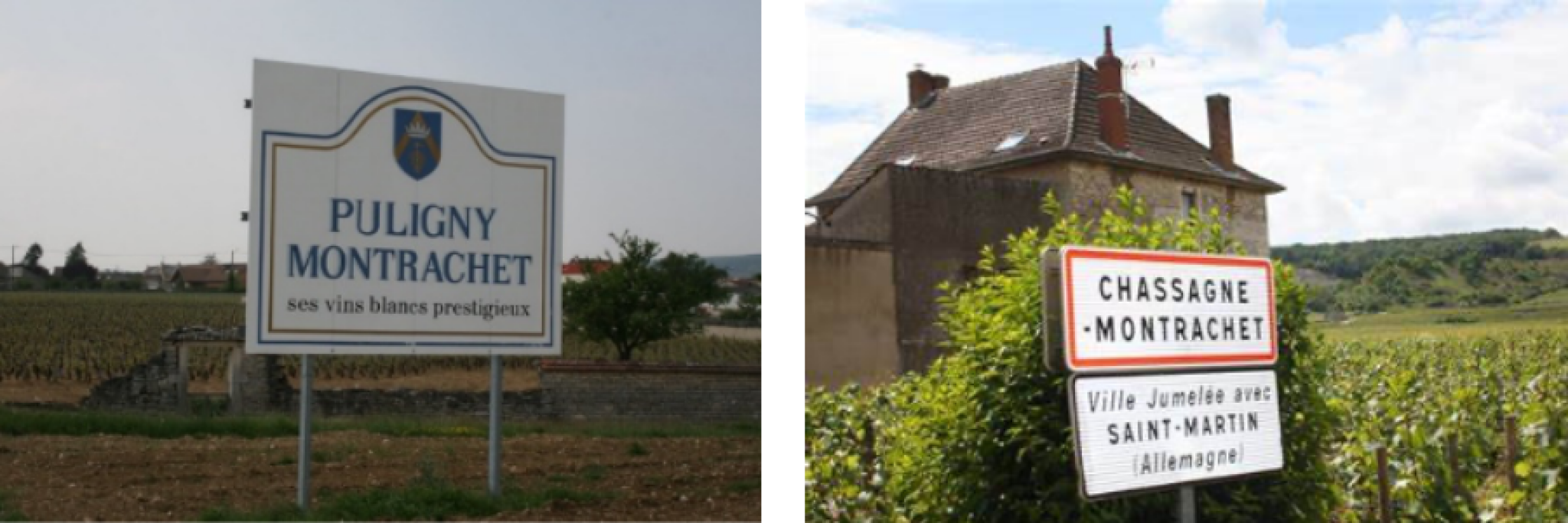Whether you are the most avid fan of White Burgundy, or the most cynical “ABC” (anything but Chardonnay) drinker, there is no escaping the fact that, commercially, Chardonnay remains the most important white variety in the world. And it is probably the most important white grape in the New World too where increasingly finer “Burgundy” styles are being produced, in many cases challenging the best of France, its spiritual home.
It is the second most widely planted white variety in the world (after the little-known Spanish variety called Airén) at 211,000 hectares worldwide at the latest count. Above all, it is the most adaptable vines wherever it is grown. From the coolest, marginal to the warmest (micro)climate Chardonnay can produce wines of good to world class quality and in dramatic range of styles, which fundamentally reflect the environment it is grown in. Secondly, and as importantly, it is the most manipulated white variety in terms of the influence the winemaker brings to the final wine by how they handle, and age, wines made from the Chardonnay grape.
I will explore examples and along the way highlight some top wines from the Peter Graham portfolio.
Take a look at our full selection of Chardonnay HERE.
Chardonnay's CV
Chardonnay has an amazing ability to multi-task and can adapt to almost any growing condition to produce consistently high quality wines. It is the grape behind all the great white Burgundies and one of the most important components in the making and blending of Champagne – in some cases a star solo artist in the Blanc de Blancs style.
Chardonnay Vine - with the classically small, tightly bunched grapes
The variety itself is quite hardy and buds and ripens relatively early. This aspect is very important in cooler sites and regions. Though a vigorous plant is not naturally a heavy cropper (say in relation to Sauvignon Blanc) which assists in providing the levels of concentration and power for which it is rightly renowned. Not the most naturally aromatic of varieties what are the flavour profiles of this grape?
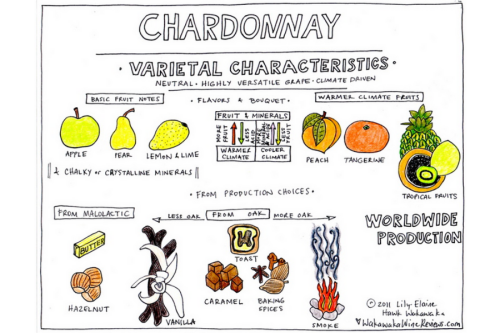
Cool climate Chardonnay has aroma and flavour notes of apple, mildly citrus and white stone fruits. The most famous cool climate wine region for Chardonnay is Chablis. As the climate becomes more moderate the intensity of the stone fruit character becomes much more intense – almost “peachy” in certain areas. In warm growing areas tropical notes emerge of melon, pineapple, even mango alongside the stone fruits. This is especially true of many New World Chardonnays.
One of the major differences for Chardonnay (v most other white wines) is that its production process is the most manipulated. Whereas most fruity and aromatic whites are cool fermented, unoaked, and bottled early, many Chardonnays go in a diametrically opposite way. The norm for most of the quality and artisan Chardonnay wines is to make and model on the traditional heartland methods devised and fine-tuned over generations in Burgundy.
These include barrel fermenting the wine at a higher temperature than in inert stainless steel (eg 20-22°C v 14-16°C). This not only imparts oaky, toasty, or vanilla notes but builds on Chardonnay’s already inherent richness and body to make a much more textural wine. In addition, the wine is then aged for an extended period on the dead yeast cells, called the lees – often with stirring of the wine in barrel – to add subtle bready notes. This process can take as long at 12 months in some lees aged examples.
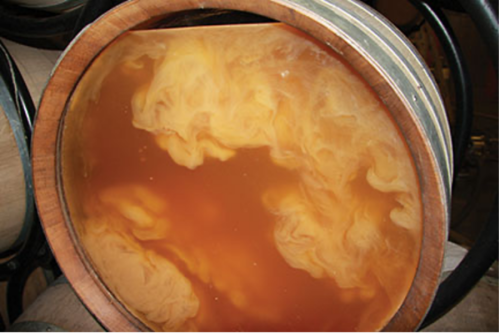
Finally, the vast majority also go through a secondary fermentation process called the malolactic. Here bacteria feed on part of the malic acid in the wine (one of the main acids in wine) and convert this into a much softer acid – lactic. This is also the acid found in many dairy products. In addition, biproducts such as diacetyl are created. This component has an intense buttery flavour, so along with lactic an overall “buttery” character is created. This process can also create some attractive nutty notes. Add this to the oak and yeast elements and the wine becomes even more complex and, above all, textural.
This whole process was pioneered and perfected in Burgundy and especially the top Villages of the Côte de Beaune (including Corton (Charlemagne), Meursault, Puligny and Chassagne Montrachet) which today remain the standard bearers for all quality focused Chardonnay winemakers the world over. And both Puligny and Chassagne share the same Grand Cru – Montrachet – which is the finest single Chardonnay vineyard in the world, so much so they proudly adjoin it to their Village’s names.
Please find a couple of contrasting (not least price wise) but classic examples of white Burgundy below – the Pulignyfrom the superior single vineyard of Levrons and small, specialist Domaine of Berthlemot which is fully barrel fermented and aged; then the Premier Cru single vineyard offering from the more southerly Burgundy Chalonnaise district of Montagny and Domaine Berthenet where the oak influences and barrel work is much more restrained.
The best addresses in Burgundy for Chardonnay?
Of course, you can still find unoaked Chardonnay – most famously in Village level Chablis, also in Burgundy – but here again lees aging and malolactic will still occur. Think of Chablis as the “acoustic” version of Burgundy (not the “Marshall Amp”). More apple and citrus and often plenty of mineral notes - crisp and clean and refreshing in style - usually ½ - 1% lower in alcohol too - the ideal Chardonnay for those who don’t like the “heavier” and oaky style.
Try the example from top Domaine William Fèvre (owned by the great Bordeaux First Growth Château Lafite-Rothschild) below - epitomises all that is more-ish and classical about the Chablis style
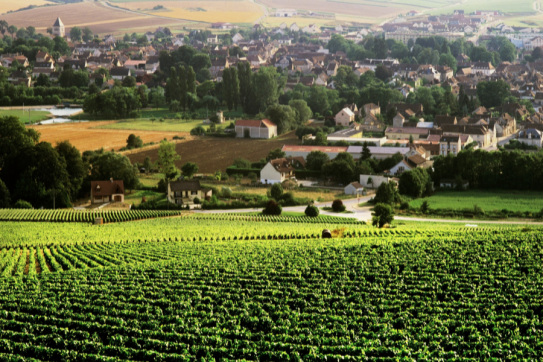
So, outside of Burgundy, let us look at some representative and top examples of this grape from around the New Worldand how their styles may be changing.
One of the best aspects about so many of today’s “new wave”, New World wines is how much more “cool climate” and balanced they have become in recent times – with less emphasis on fatness in the wine and heavily toasted oak styles – and with more pristine fruit qualities. Twenty years ago, my heart would sink at the prospect of an Australian Chardonnay with their (too often) booming alcohol, confected pineapple chunks flavours, and “clunky” oak character – but not anymore! It really does seem that the heavy, alcoholic and over the top oaky styles of Chardonnay have gone.
This is because good producers in these countries have planted more Chardonnay in selected cooler sites – using aspects such as altitude and cooling (sea) breezes. They have also looked to pick earlier when sugar levels are relatively lower (and therefore potential alcohol) and acidity remains higher. Then the use of oak has become much more subtle with less time spent in wood and casks which are more lightly toasted. Then working assiduously to the Burgundy production model, they are creating wines of which many have a genuinely “classical” feel to them.
Some top regions in the New World include Carneros and Sonoma in California, Hemel-en-Aarde and Elgin (Walker Bay) in South Africa, Adelaide Hills, Margaret River (Western Australia), Tasmania, and Yarra Valley in Australia, Central Otago and Marlborough in New Zealand, and Casablanca and Leyda Valleys in Chile.
Please find 3 excellent New World examples below which showcase new wave, cooler climate, and more refined Chardonnays. The Dalrymple comes from the newest cool climate area in Australia - Tasmania. The organic Adobe is from Chile’s premium cool climate white wine area - Casablanca Valley, and the Allan Scott from Marlborough New Zealand. Each personify what is so good these days with New World Chardonnay.
https://petergrahamwines.com/p/17-chardonnay-cave-block-dalrymple
https://petergrahamwines.com/p/21-chardonnay-adobe
https://petergrahamwines.com/p/chardonnay-black-label-allan-scott
Maybe the slight surprise is that very little Chardonnay is found in the rest of Europe outside of France. Pockets exist in Italy and Spain, but these are relatively limited, or local, or the passion of a few individuals in the mix of their portfolio. There are, though, several English wine producers who see potential for still Chardonnay wines - no doubt boosted by the success England is having with sparkling wine where Chardonnay plays an important part in the blend and style. Talking of which do try the 100% Chardonnay bottle fermented sparkler from leading Sussex producer Wiston Estate - Chardonnay is always the most delicate of the main “Champagne” grapes and the style is one of delicacy, refinement, and lovely apple and citrus notes with a touch of pastry.
And then Champagne…
As mentioned, Chardonnay is a key component in many of the highest quality Champagnes – often blended with Pinot Noir and (Pinot) Meunier. It can also be the sole varietal in the Champagne Blanc de Blancs. These Champagnes are the epitome of delicacy, finesse, and elegance and showcase as well as any wine in the world just how refined a grape variety Chardonnay is. The finest of all these Champagnes are found in the region called the Côte des Blancs to the south of Epérnay. Here deep, chalky soils provide the ideal environment for the grape to produce wines which are simply mesmerising – so much so that top Villages in this area – such as Cramant, Avize, Mesnil and Oger are accorded Grand Cru status. Two top examples to finish with … both from high quality family-owned Houses, Henriot and Taittinger. Taittinger’s Comte de Champagne is their Vintage Grand Cru cuvée de prestige - from the superb 2012 harvest - one of the 3 best of the post millennium period. This wine regularly comes out top of blind tastings of all Champagne cuvées de prestiges - including when put alongside the likes of Dom Pérignon and Roederer Cristal!
https://petergrahamwines.com/p/blanc-de-blanc-henriot-nv
https://petergrahamwines.com/p/05-taittinger-comtes-de-champagne-blanc-de
Chardonnay and Food
Chardonnays which have been barrel fermented and aged are predominantly designed to go with food. They are natural partners with most fish dishes – especially if served with a butter-based sauce. Any rich, or roasted vegetable dishes, including risotto for example, also partner well with this style of Chardonnay. And of course, any general white(r) meats – such as chicken or pork will work comfortably too.
Crisp, dry unoaked Chardonnays, especially Chablis - and Blanc des Blancs Champagne and can be enjoyed as an aperitif, but make excellent partners with canapés, shellfish, and sushi.
Overall, I feel most Chardonnays made today – across the world and at all levels - are better than they have ever been. As importantly, I think they are made in a better balanced and more refined way. It may be time – if you fell out of love with this grape – to relook at this variety.

